As I mentioned before, the winter has presented me with wonderful opportunities to observe some interesting characteristics of the ferns and lycophytes. I’ve been aware of growth constrictions in temperate lycopods for a long time, but I had to see these evergreen plants growing in the snow to actually process the information. Constrictions on the lateral branches result from a change in growth speed through the seasons of the year (reminding us of the annual rings of trees).
- D. obscurum – habitat1
- D. obscurum – habitat2
- D. obscurum – habitat3
- D. obscurum – habit1
- D. obscurum – habit2
- D. obscurum – habit3
- D. obscurum – growth constriction adaxially
- D. obscurum – growth constriction abaxially
- D. obscurum – growth constriction
- D. obscurum – stem
- D. obscurum – strobilus
- D. obscurum – strobili
Collection Data (F.B. Matos & C. Matos 2396)
Classification & Common Names
- Class: Lycopodiopsida
- Family: Lycopodiaceae
- Genus: Dendrolycopodium A. Haines
- Species: Dendrolycopodium obscurum (L.) Haines
- Var./Subsp.:
- Common name(s): Flat-branched clubmoss
General Collection Data
- Date: 19-I-2014
- Primary Collector & #: F.B. Matos & C. Matos 2396
- Collection Party:
- Det. History: F.B. Matos, I.2014
- Habitat: Deciduous forest
- Habit: Terrestrial
- Specimen Locations: NY, UPCB
Additional Comments
Collection Location
- Location: Zofnass Family Preserve – Pound Ridge – Westchester County – New York – United States.
- Coordinates: 41.177500, -73.603611
- Elevation: 130 m

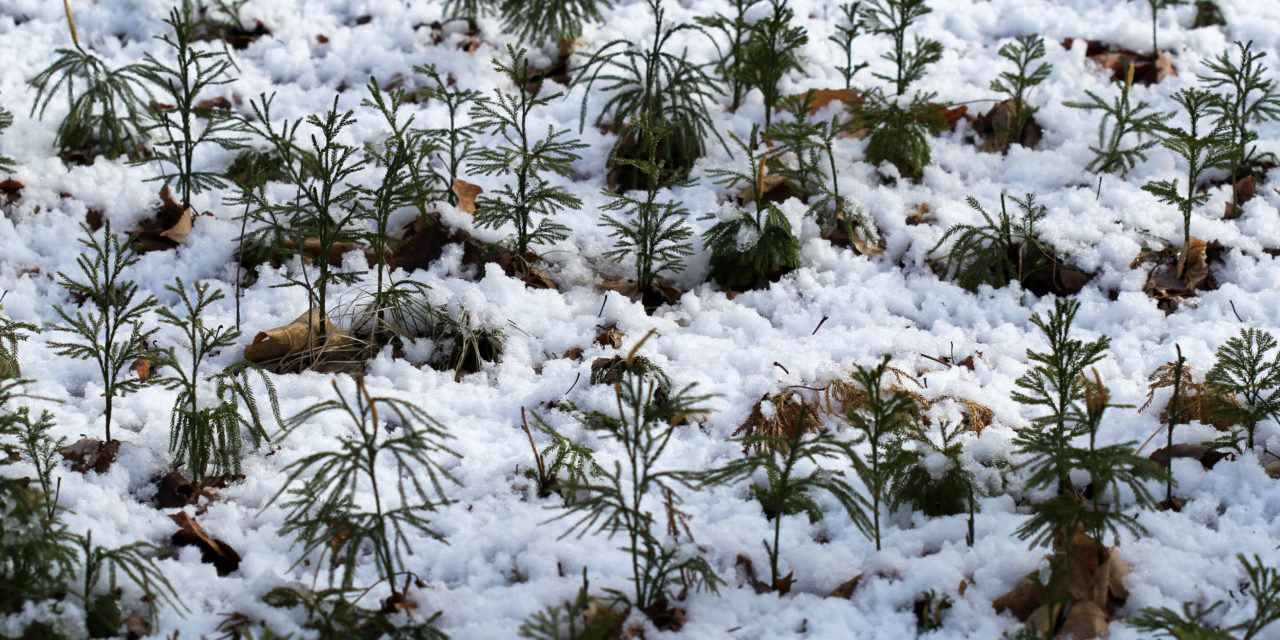
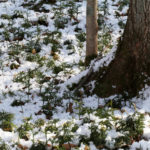
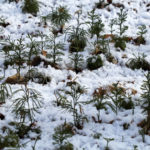
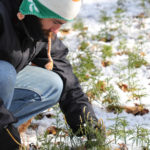
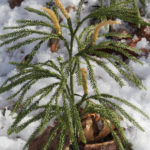
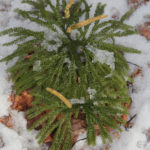
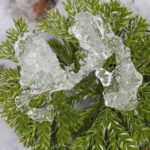
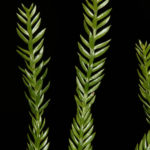
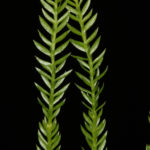
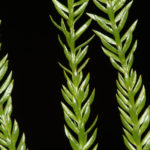
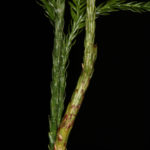
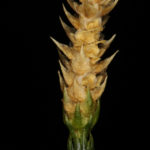
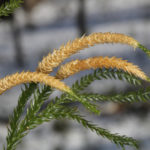
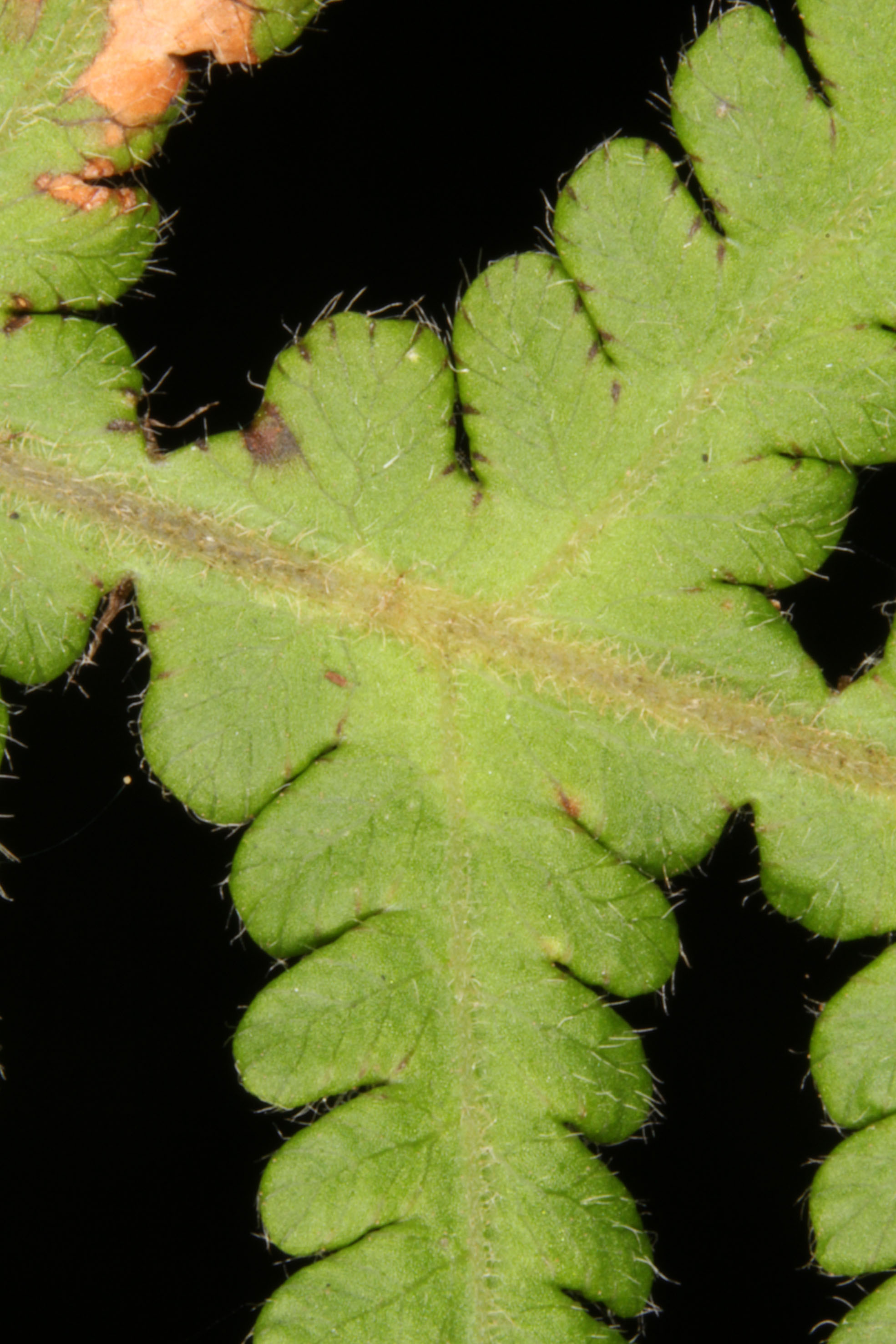
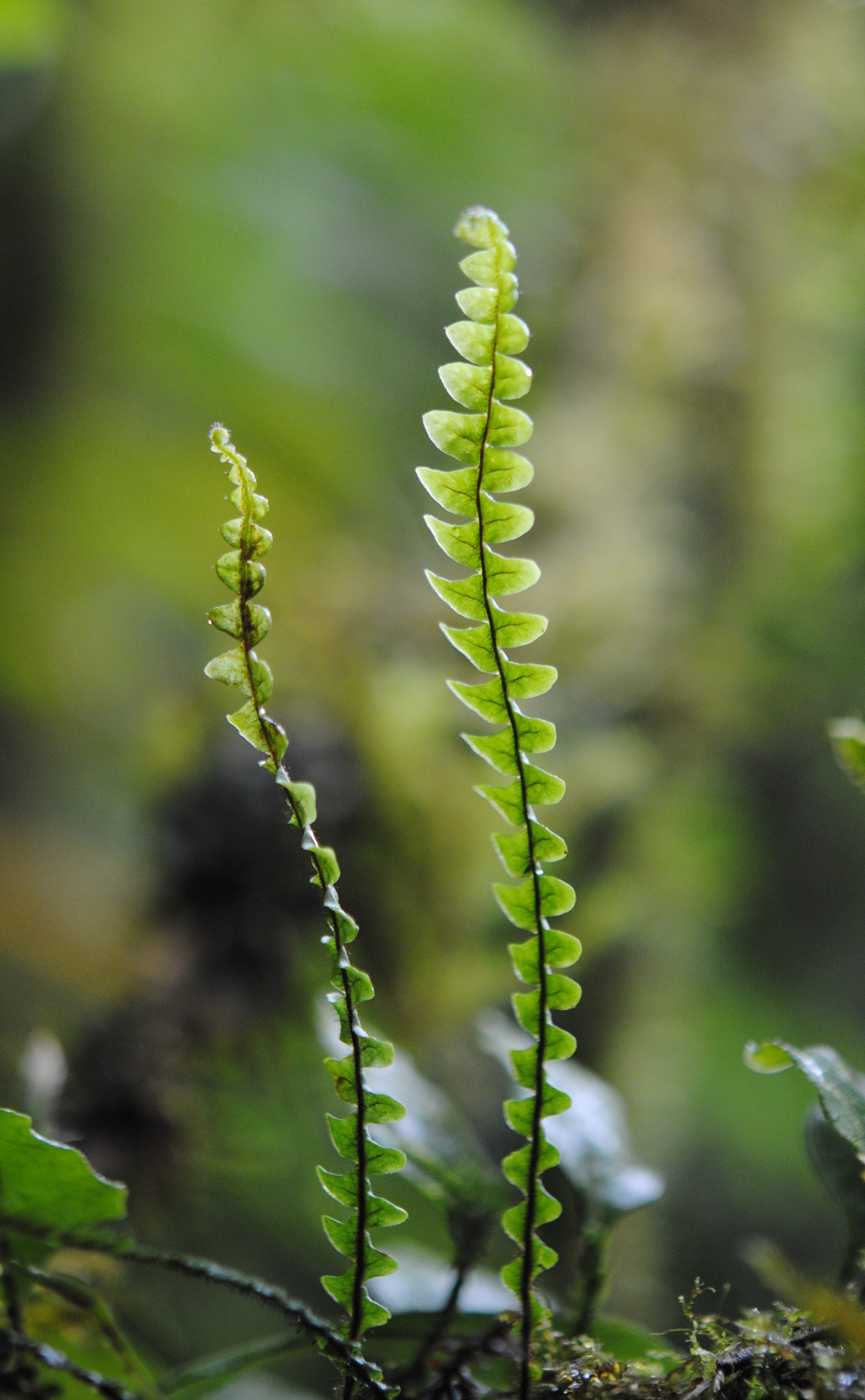
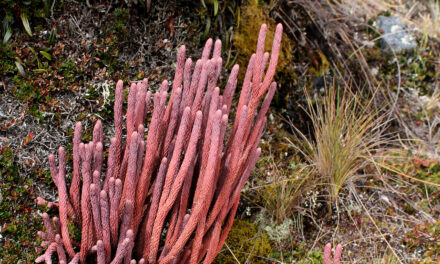
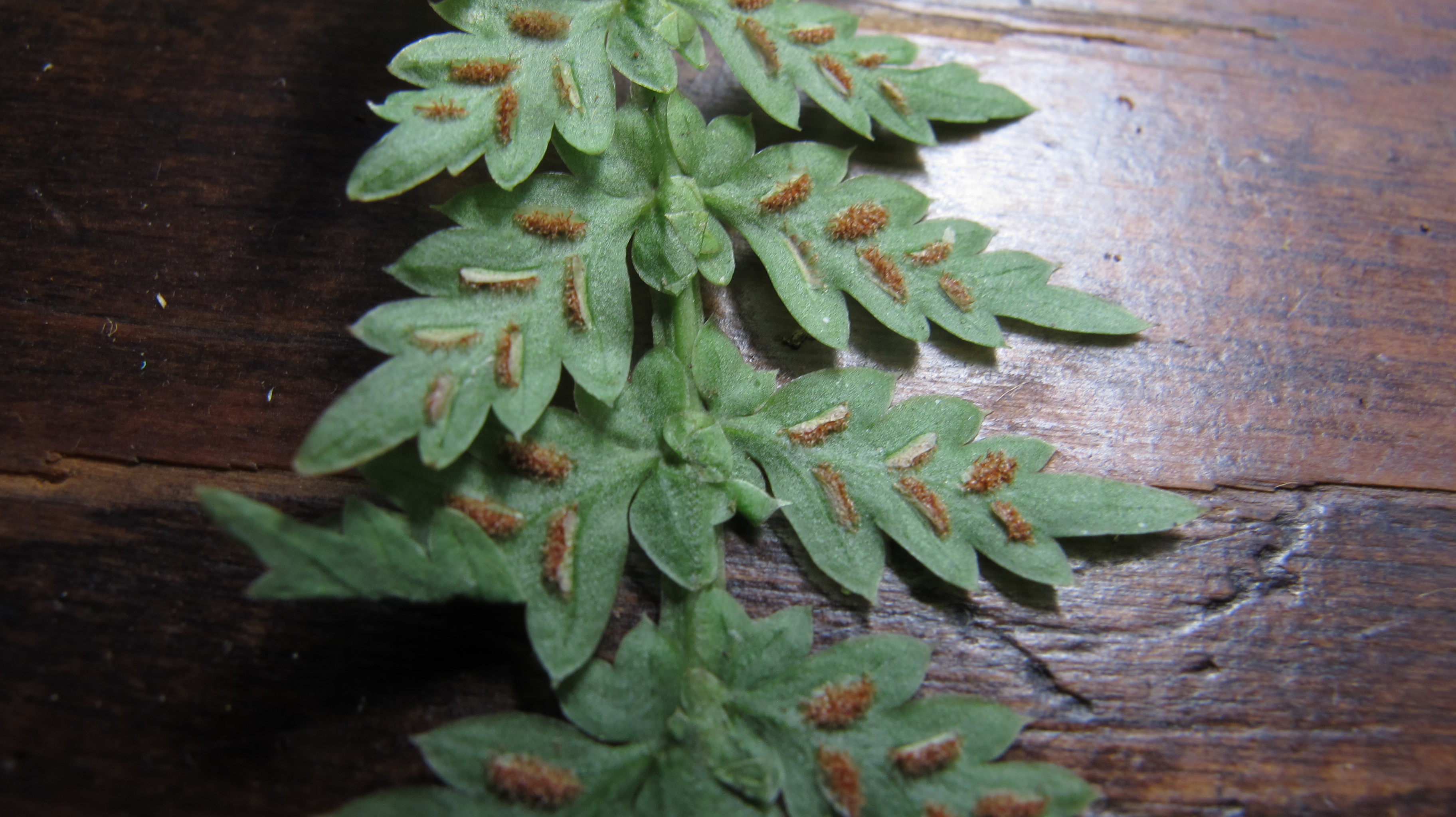
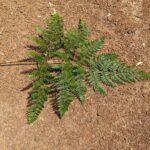
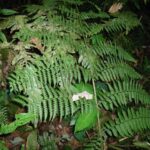
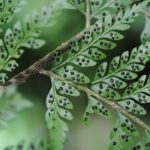
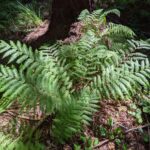
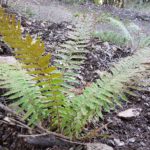
Yes – these are really cool. Interesting that some species form them, and others do not. I imagine it must be the result of differential growth restriction among taxa. For example, constrictions are a really good character for some Diphasiastrum species. You also see it in some of our Huperzias, not to mention Dendrolycopodium.
Good observation!